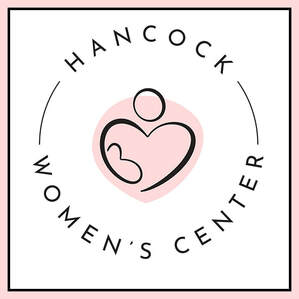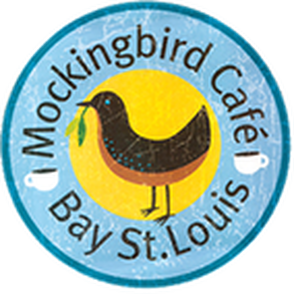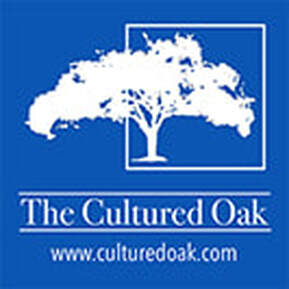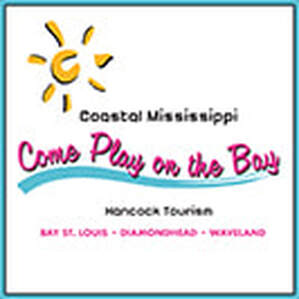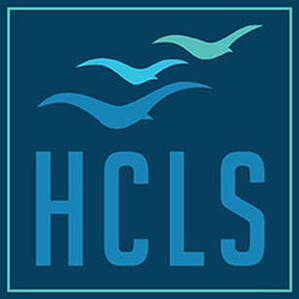For nearly a century, this Waveland seaside retreat has offered education, spiritual enrichment and recreational opportunities to people of color and surrounding communities.
- by Wendy Sullivan - photos courtesy Hancock County Historical Society and Wendy Sullivan
The only way to legally circumvent the beach restriction was to privately own beachfront property, something out of reach of most Blacks at that time. So when Robert E. Jones, the first African American bishop in the Methodist Church, was promoted to Bishop of the Southern states, he purchased 300 acres – and leased another 316 from the state of Mississippi – to create a place for gathering, fellowship and education. The original name of this shoreline oasis was Gulfside Chautauqua and Camp Meeting Ground. In the late 1800s and early 1900s, the Chautauqua Movement was extremely popular across the country, offering cultural entertainment and educational speakers in peaceful campground settings. Gulfside was organized on the original Methodist Church retreat model, embracing the movement’s four pillars - faith, recreation, arts and education. Built during a period of persecution and segregation, Gulfside Assembly empowered African Americans disenfranchised from the larger community, providing skills and education unavailable elsewhere. From 1924 to 1939, Gulfside Assembly offered summer programs from April to August including 4H, Scouts, summer school and seminary for Methodist pastors. Families of color came together from all over the South enjoy the beach at this safe retreat. Gulfside also had a significant role in educating African American boys through the year-round Poor Boys’ School. Using the public school, they were able to provide quality education for impoverished boys who could not access education otherwise. But even getting to the campground presented many challenges. African Americans were prohibited from walking along the dirt road that was Beach Boulevard then, and of course, walking along the beach wasn’t an option. So those Blacks traveling to Gulfside by train from Louisiana, northern Mississippi, Alabama and Texas had to carry their gear and luggage and walk along the tracks from the railroad station to Gulfside. Despite the challenges, Gulfside Assembly grew and thrived. When the purchase was made, the property contained only one building, a mansion that had formerly belonged to the family of Andrew Jackson. Initially in a state of disrepair, the house was restored under the bishop’s direction, though it burned in 1947 in a fire of unclear causes. After World War II, the retreat center grew rapidly with the addition of a chapel, a 100-room inn, a 1000-seat auditorium, and a house for the bishop. These buildings were constructed of cinder blocks to prevent destruction by fire. Tent-like cabins were built for youth to camp in. “I fondly remember the rustic tent-like cabins I stayed in at Gulfside Assembly in the 50s and 60s as a child, said Cheryl Thompson, Executive Director of Gulfside Association. “Coming from my home in New Orleans, I met other African American children from the Southern states, spending time on the Gulf Coast at this remarkable summer camp.” Ms. Thompson recalled that the adults stayed in the hotel/inn. Residents of Waveland and Bay St Louis would participate in activities as day campers. Golden Fairconneture remembers enjoying Gulfside’s recreational facilities, swimming in the Mississippi Sound and playing on the “beautiful” sand beach. In addition to recreation, Gulfside played a key role in the Civil Rights movement. The organization’s website explains that they served as a “staging area for opposition to racism and segregation.” Judge Constance Baker Motely had headquarters at Gulfside during the James Meredith case in 1962. When the Methodist church united its African American and Caucasian Conferences in 1968 to form the United Methodist Church, Gulfside expanded its role in bringing together the community including students from Tulane, Dillion and Xavier. Like many coastal properties, Gulfside has experienced its share of storm damage, requiring community resiliency and perseverance. In the legendary 1947 hurricane, a tsunami swept over the property. Likewise, Hurricane Camille in 1969 left devastation in its wake at Gulfside and coast-wide. After Camille, a national fund-raising campaign helped with rebuilding costs. Just months before Hurricane Katrina hit in 2005, new buildings were finally completed, and the doors were opened. Their website recounts that, when all was destroyed by the unprecedented storm, Deaconess Martin, director at that time, “is reported to have thanked God for a heritage – if not buildings – strong enough to withstand gigantic storms.” In the aftermath of Katrina, the leadership at Gulfside pivoted and focused on caring for the wounded community around them instead of reconstructing lost buildings. The grounds once again became campgrounds as the assembly hosted volunteers from around the country who had come to help the coast recover. There’s also a new office, located at 301 Herlihy Street in Waveland. Inside the building is the beautiful Katrina Cross made of stained glass recovered from the grounds after Katrina. Leroy Parkins, a Katrina volunteer, created a table, cross and a podium using driftwood. Althea Belton recently joined the staff there as community outreach coordinator and missionary. She told us, “I am excited about the history and the opportunity to build the Gulfside community through collaborations.” On Saturday, February Feb 12 from 2 – 4 pm, Gulfside Assembly in Waveland will celebrate Black History Month with “The Oasis on the Gulf,” which includes presentations about the history of the organization and its century of service. Located at 950 South Beach Boulevard (at the Gulfside Assembly historical marker), there is plenty of parking around the chapel pavilion. Seating is not provided in the outdoor chapel, so folks are asked to bring chairs. In the event of rain, the presentations will be moved to the indoor Herlihy Street office. More information is available at their website, https://gulfsideassembly.org/. Enjoy this feature?
Enjoy the Shoofly Magazine? Reader donations help underwrite correspondents who write about and photograph our community.
Use the button below to join our Readers’ Circle! Comments are closed.
|
Categories
All
Archives
July 2024
|
Shoofly Magazine Partners
Our Shoofly Partners are local businesses and organizations who share our mission to enrich community life in Bay St. Louis, Waveland, Diamondhead and Pass Christian. These are limited in number to maximize visibility. Email us now to become a Shoofly Partner!

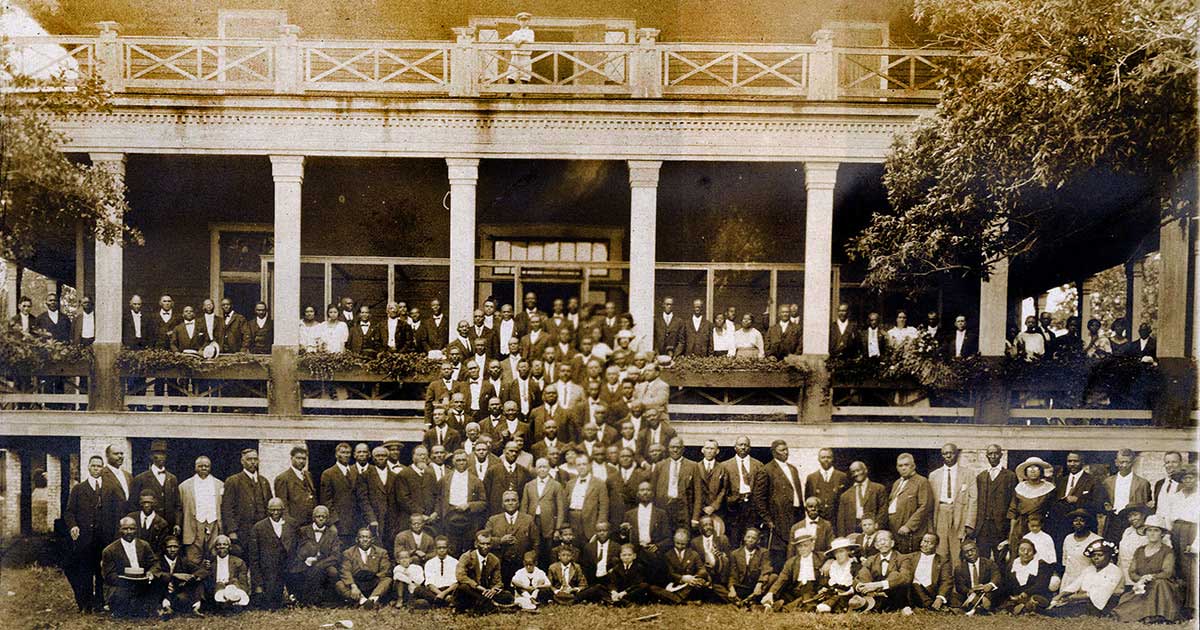


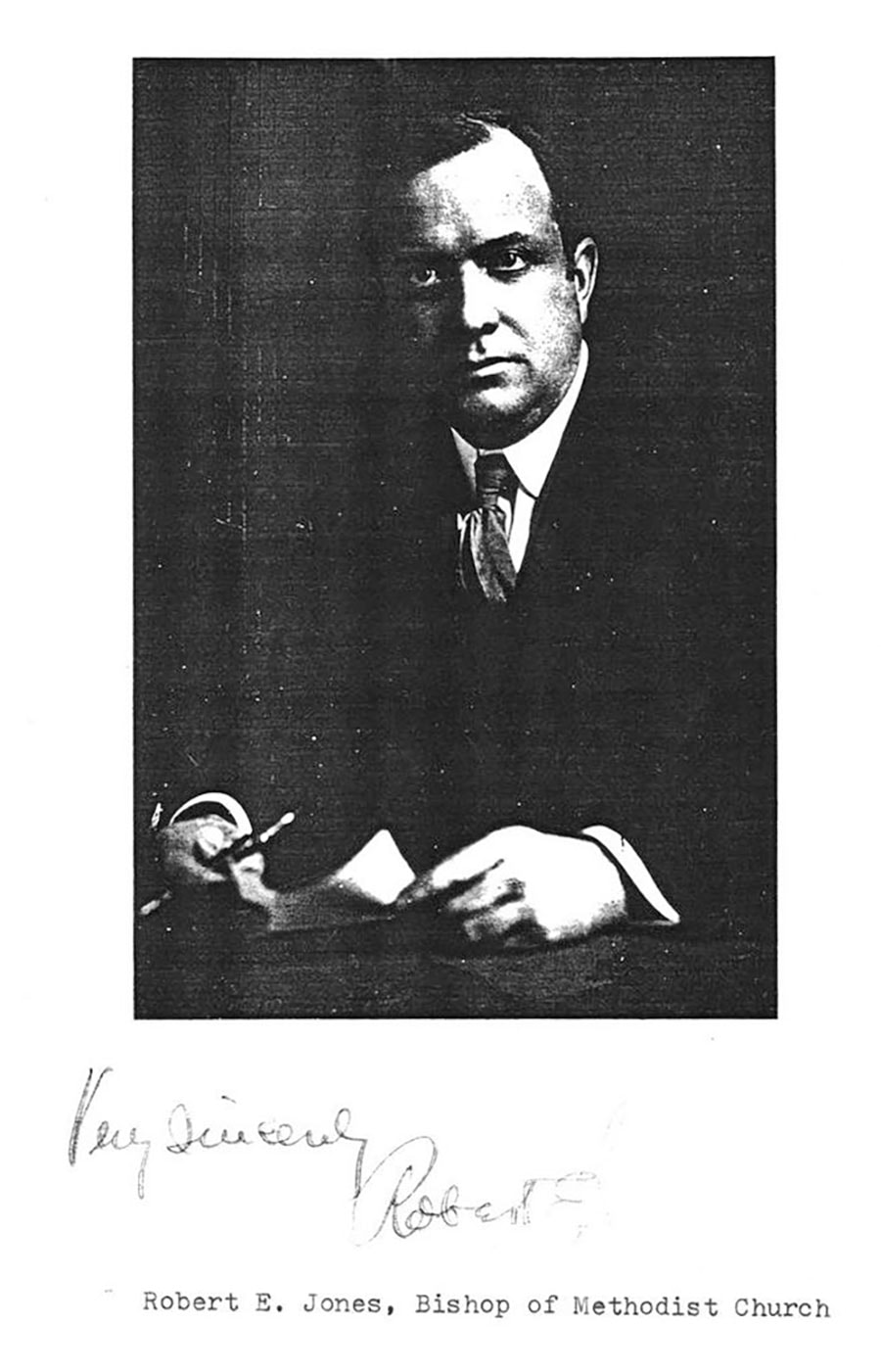
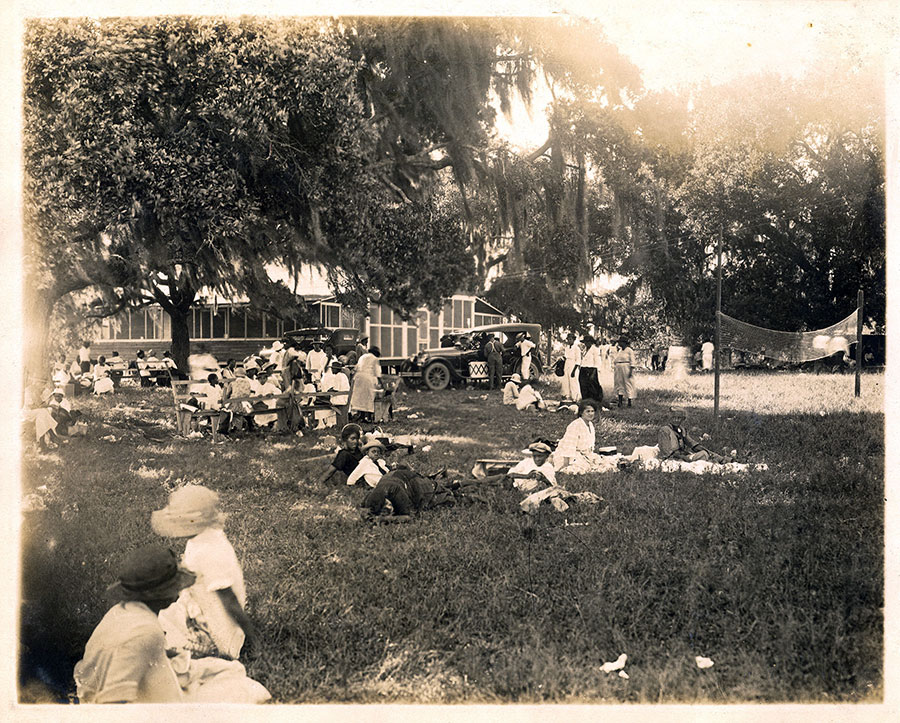
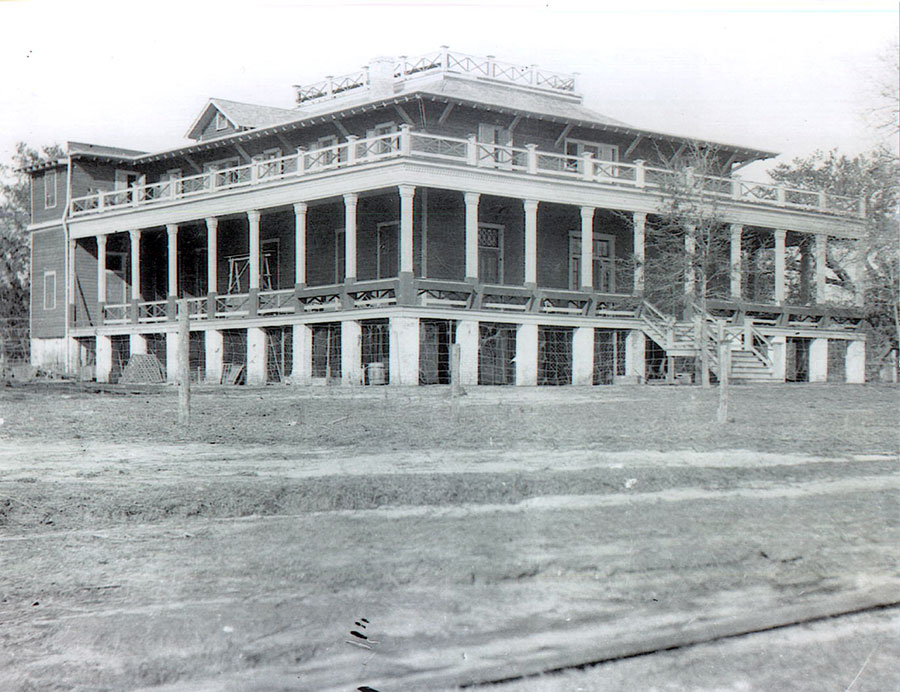
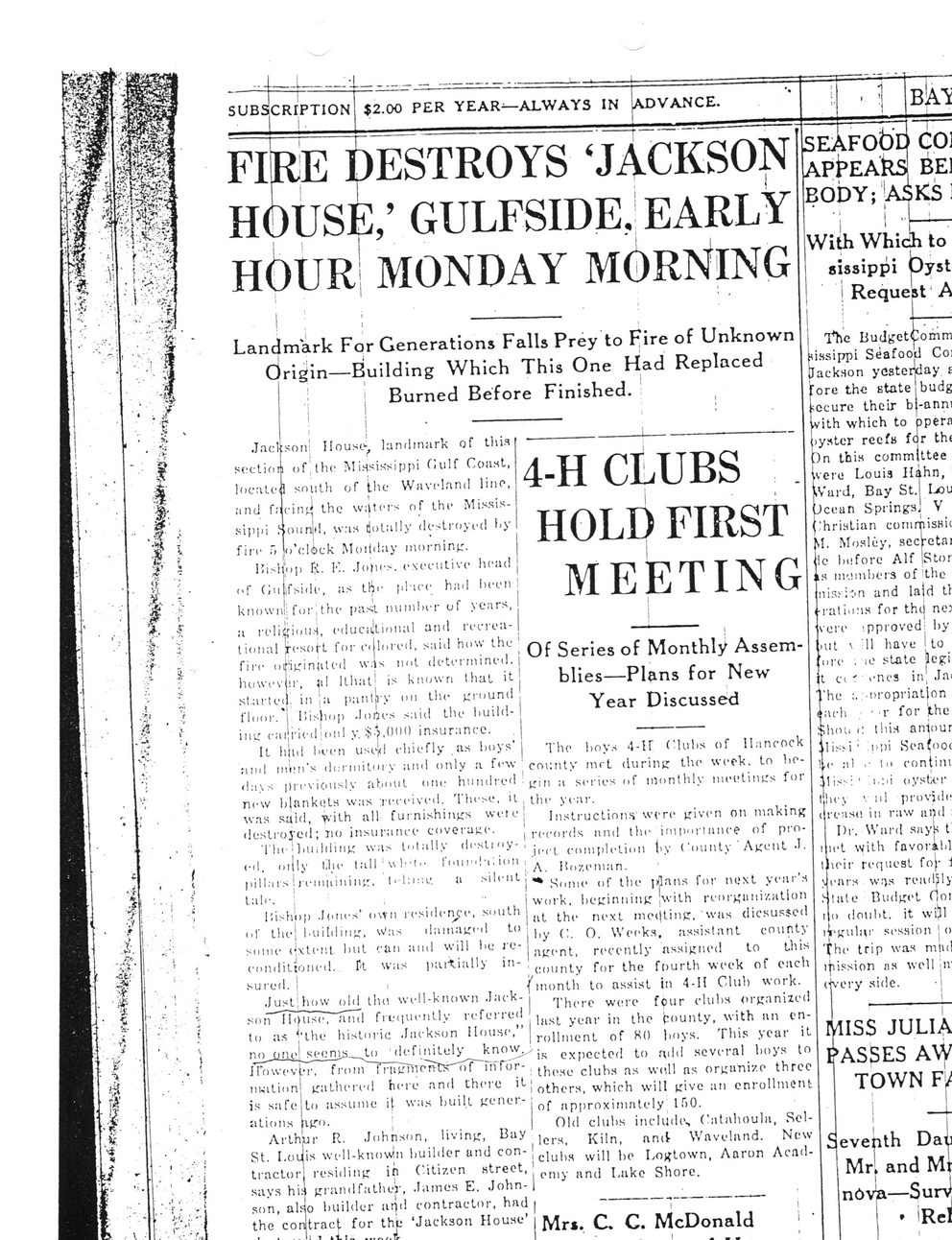
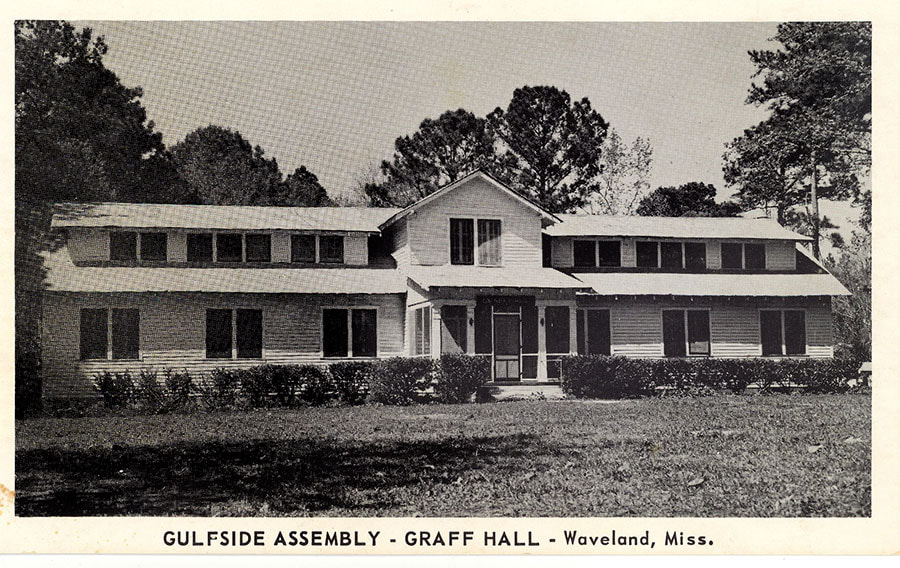
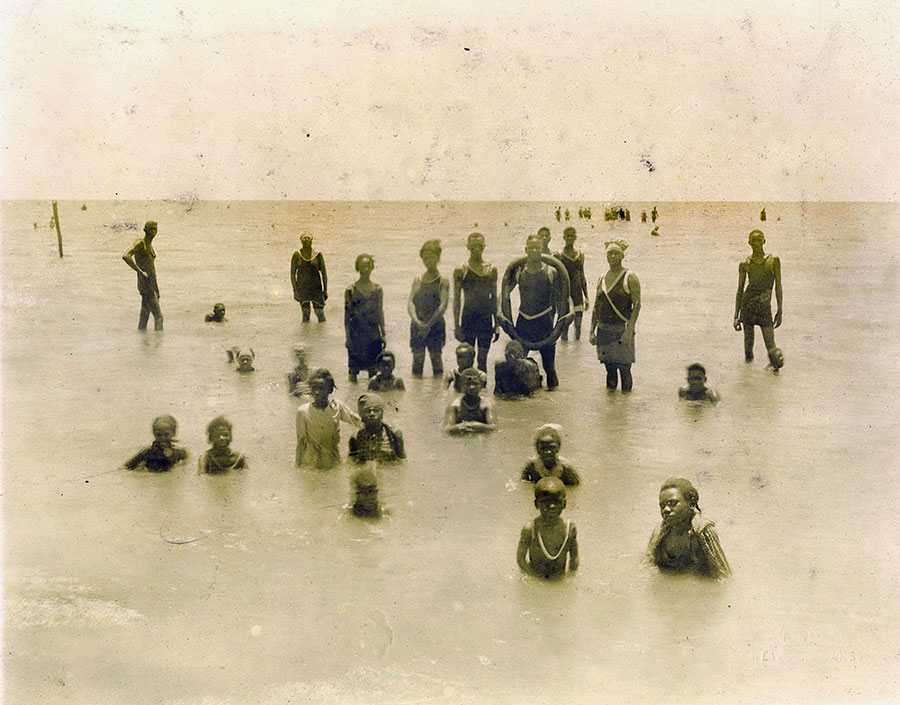
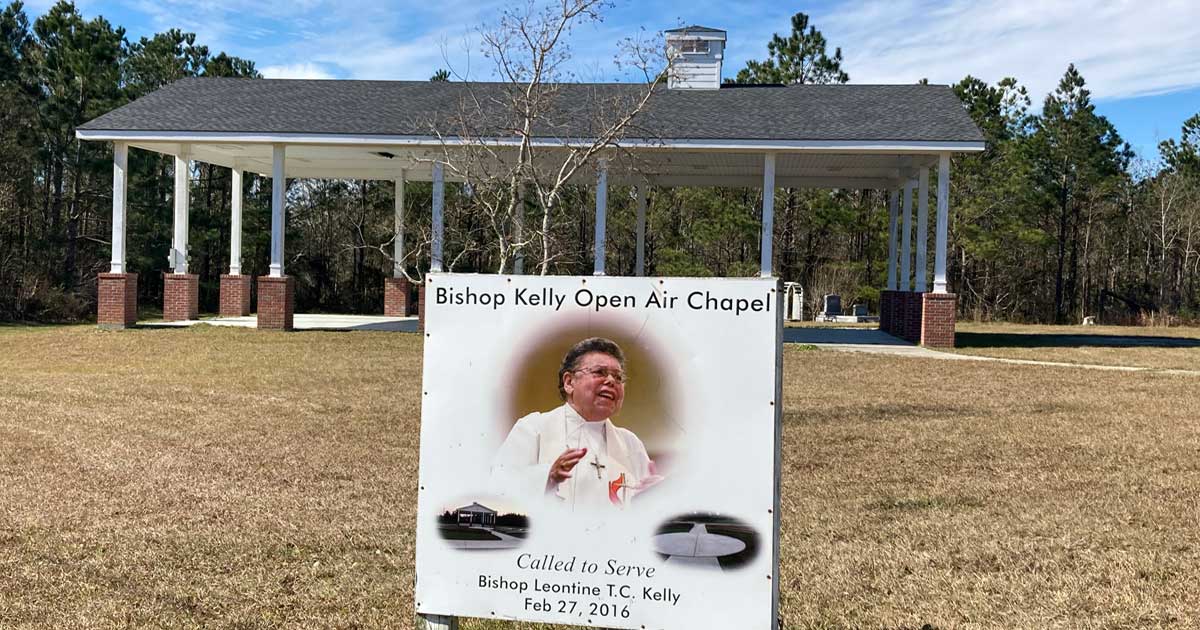
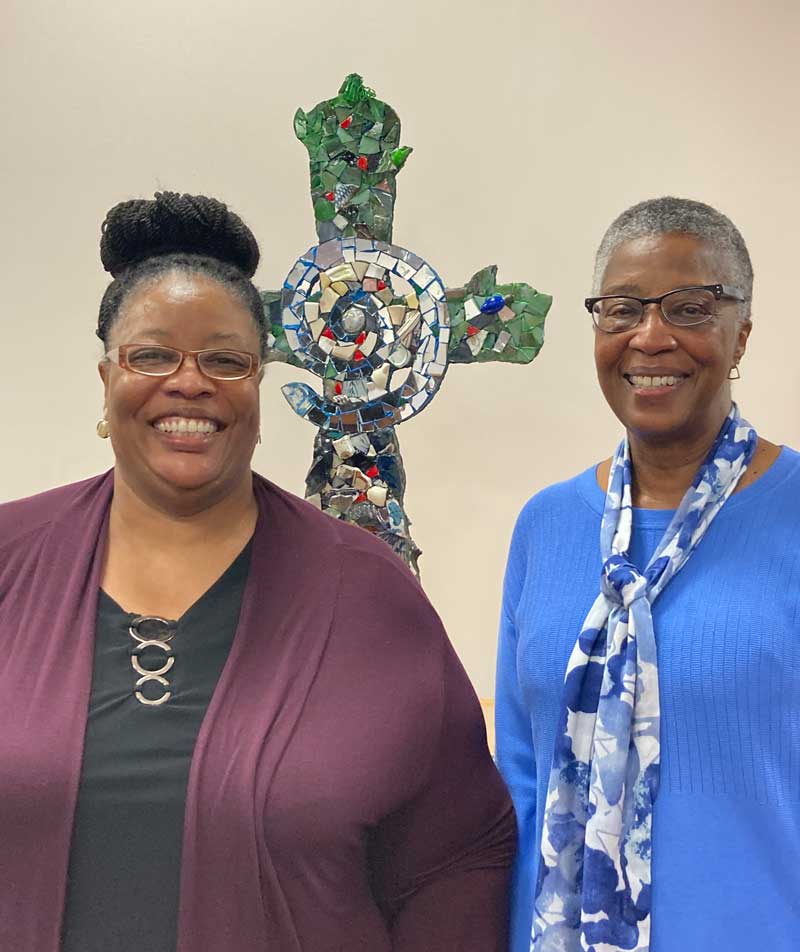
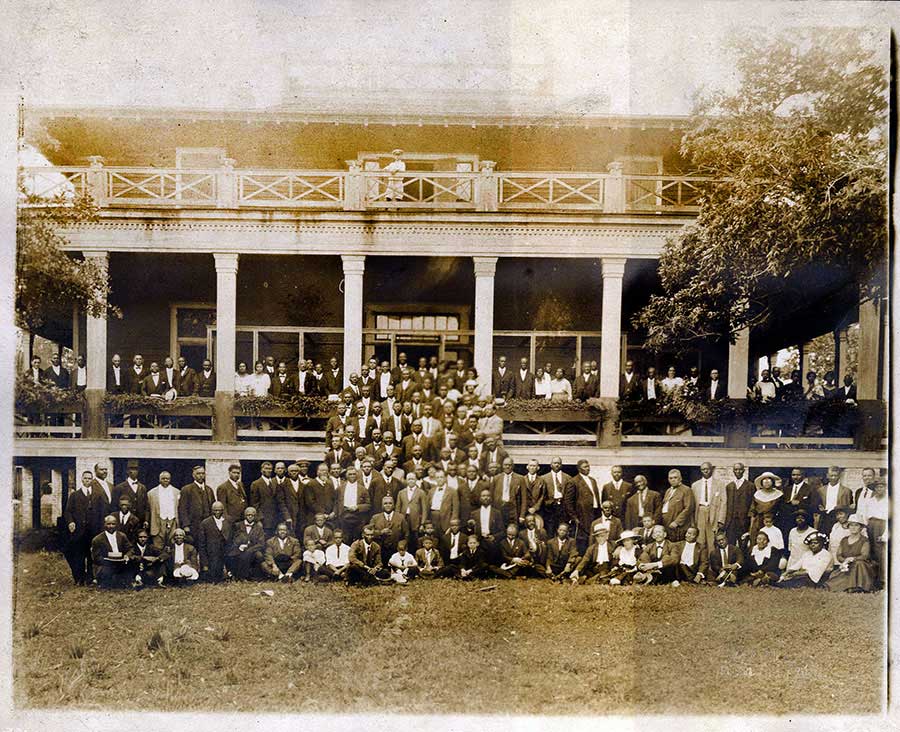




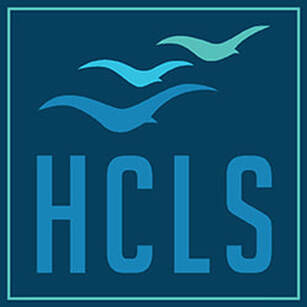
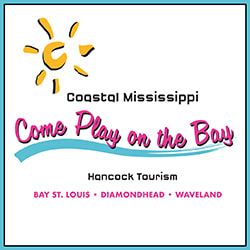
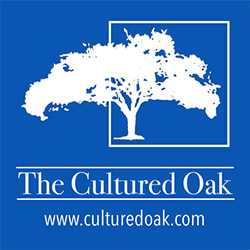














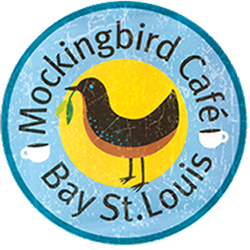
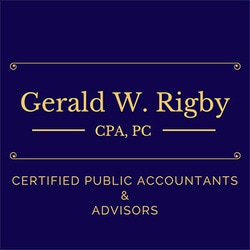



 RSS Feed
RSS Feed
